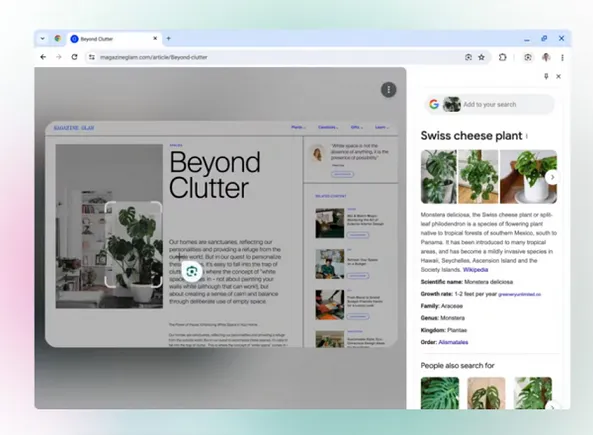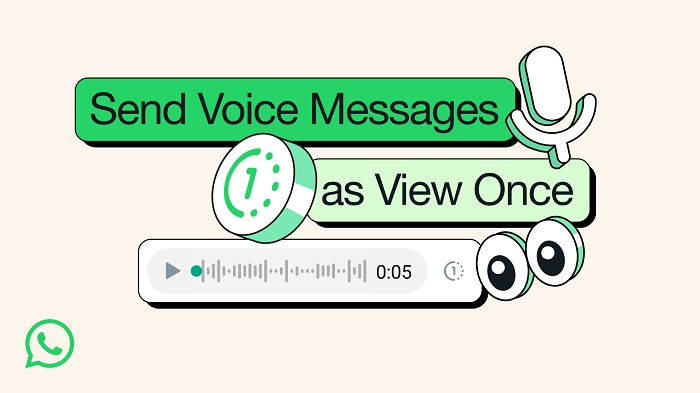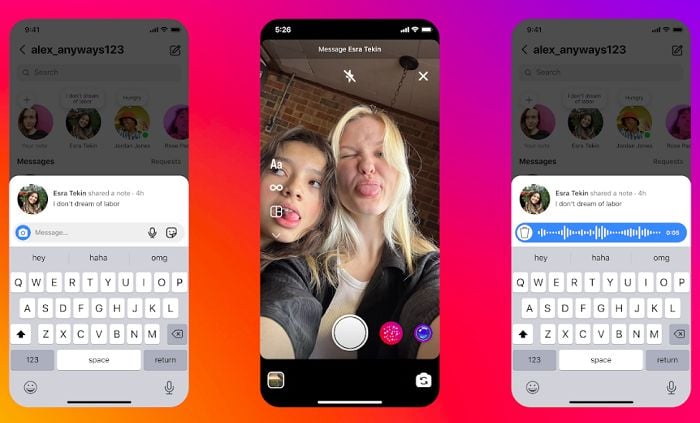Google’s adding some new, AI-powered elements to Search, tapping into its latest Gemini models to provide an enhanced Search experience.
Which will also, ideally, keep more people searching on Google, as opposed to shifting their discovery behaviors to, say, ChatGPT instead. The latest AI chatbots pose an existential risk to Google’s core business, because as more of them are activated, more discovery is happening in other places.
Which Google, of course, is keen to curb as much as it can.
First off, Google’s adding Google Lens search to its Chrome browser on the desktop, so you can conduct queries based on anything you see on your screen.
As per the video overview, now, you can tap on the Lens icon and select anything on your desktop screen to conduct a Google search for that object.
As explained by Google:
“Google Lens has already made it simpler to search what you see on your phone. With the latest Chrome update rolling out over the next few days, we’re bringing the same capabilities from Google Lens directly to your desktop browser. This means you’ll be able to easily select, search and ask questions about anything you see on the web, all without leaving your current tab.”
That could be a big help for people looking for specific items to buy, providing an easy way to conduct searches based on visual cues, and it could also help to establish new discovery habits, with the Lens button easily accessible at any time to Chrome users.
Google’s also adding new integrated product listings, powered by AI, to Google Shopping results.


As you can see in this example, now, if you have multiple tabs open when searching for a specific product, Google will be able to generate a comparison page for you, making it easier to match them up, side-by-side.
“Imagine you’re looking for a new Bluetooth portable speaker for an upcoming trip, but the product details and reviews are spread across different pages and websites. Soon, Chrome will offer to generate a comparison table by showing a suggestion next to your tabs. By bringing all the essential details – product specs, features, price, ratings – into one tab, you’ll be able to easily compare and make an informed decision without the endless tab switching.”
That could be a big help in shopping, and a simple way to improve Google’s product search experience over potential competitors.
Finally, Google’s also making it easier to find Pages that you’ve visited in the past on Chrome, using conversational queries to get back to them.
“Just access your history and type something like, “What was that ice cream shop I looked at last week?” and Chrome will show you relevant pages from your browsing history. Using this feature will be entirely optional. You can easily turn it on or off in your settings. This feature will also never include any browsing data from incognito mode.”
These are smart additions, that utilize Google’s existing market advantages to boost its discovery tools.
Which is what Google really needs to do. It’s already where the majority of people go to search, and if it can continue to enhance its offerings with new AI-based functions, it’ll be able to remain the key destination, despite more competition for discovery.
From a marketing perspective, there’s probably not a lot to take from these updates, as they’re based on product info that likely already exists on your pages, but if you haven’t included all of your product details, and how they match up against competitors, that could be something to explore for the second element.
But again, they could keep Google front of mind for product search, which means you’ll be optimizing for Google listings for some time yet.












